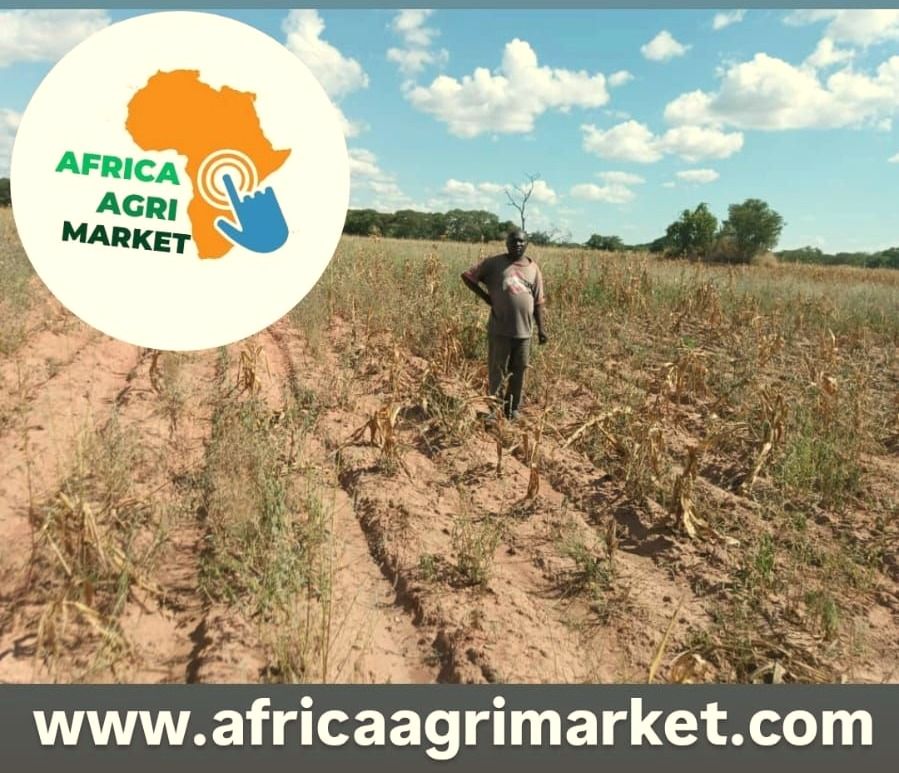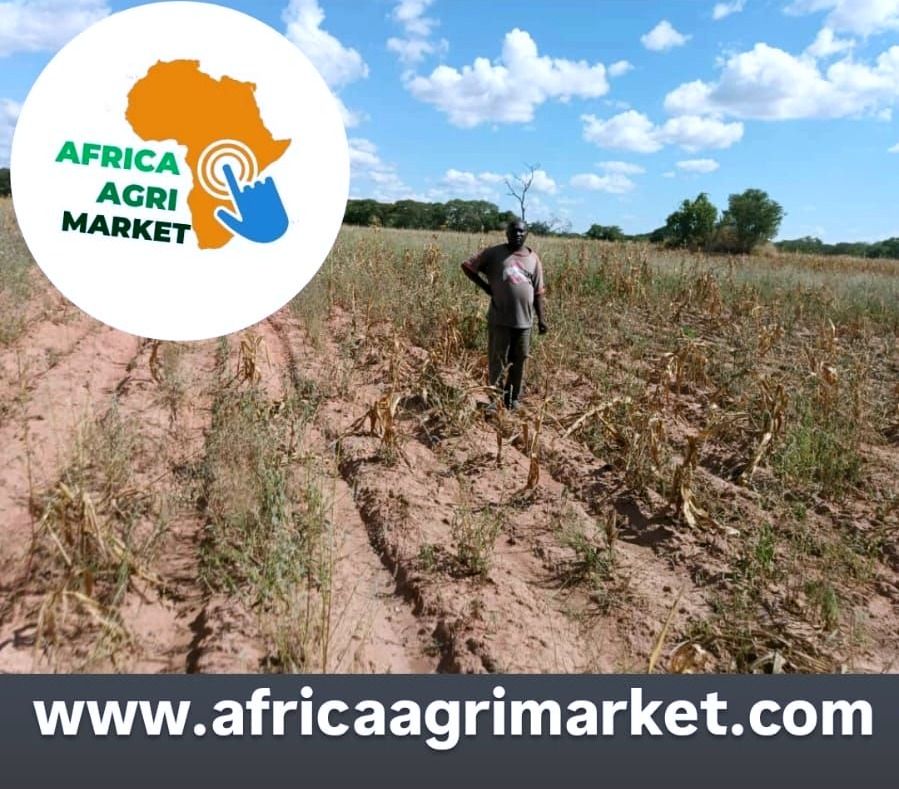🌾 Hope in Grain Warriors: Silent Heroes From Zambia Rescue Crisis

In early 2024, Zambia was hit by a severe El Niño‑induced drought, which devastated over 1 million hectares of maize fields. This plunged nearly 6 million people into serious food insecurity.
On top of the drought, another threat — Maize Lethal Necrosis (MLN), a viral disease — threatened to cripple the maize sector if introduced via imported grain.
Maize is a major staple in Zambia, both for food and for seed supplies for neighboring countries. Losing maize production to disease or drought wouldn’t just be a local problem; it could ripple across southern Africa.
The government was caught between the urgent need to import maize to prevent hunger, and the risk of introducing MLN from an affected country — especially Tanzania, which had battled MLN since 2012.
A team of scientists, plant health officials, quarantine services, and border inspectors — dubbed “grain warriors” — worked quietly but effectively to protect Zambia’s maize sector. Their efforts included:
- Risk mapping: Identifying maize‑growing areas in Tanzania with low/no MLN risk.
- Joint inspections & phytosanitary checks with Tanzanian authorities before shipments.
- Using diagnostic tools (PCR, ELISA) to test maize consignments before crossing borders and at entry points to ensure they're disease‑free.
- Continuous oversight at checkpoints and standard protocols for seizure or rejection of infected or suspicious batches.
From the emergency imports (around 650,000 metric tons of maize) handled under these rigorous safeguards, no MLN outbreak occurred in Zambia.
Maize production rebounded to about 3.63 million metric tons in the next season.
Farmers who’d lost everything in the drought (e.g. Cephas Sialubala, Vincent Siajeke) saw relief, got clean safe maize, and could plan for the next season without fear of disease infecting their seed or fields.
The Zambia‑Tanzania collaboration, with scientific vigilance, shows how important regional cooperation is in safeguarding food & seed security.
It’s not enough to respond in emergencies — sustaining plant health infrastructure, continuous seed health surveillance, diagnostics capacity, and harmonised trade policies are essential to being proactive.
Also, investing in policy, funding, and scientific institutions matters: the “grain warriors” were effective because they had scientific tools, clear protocols, coordination, and political will backing them.
